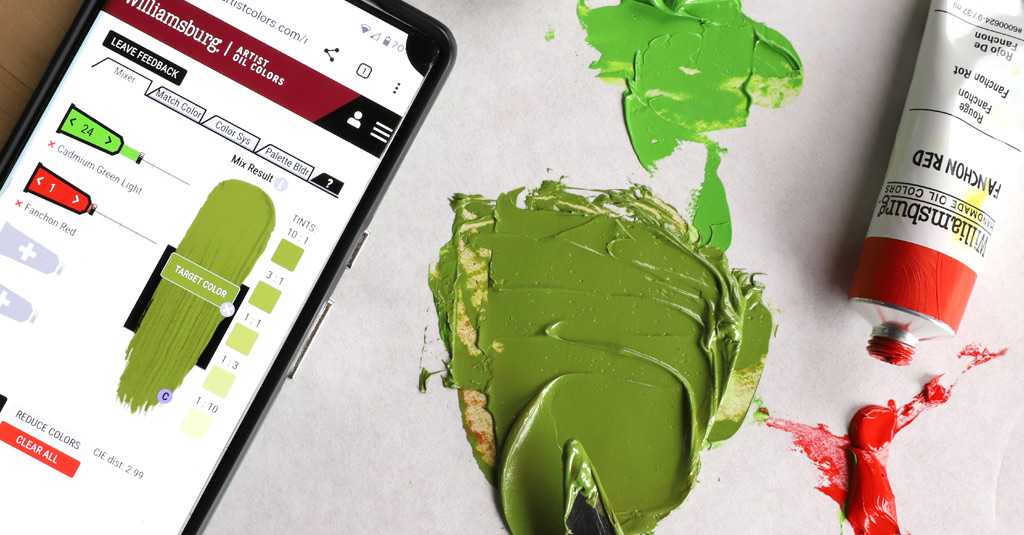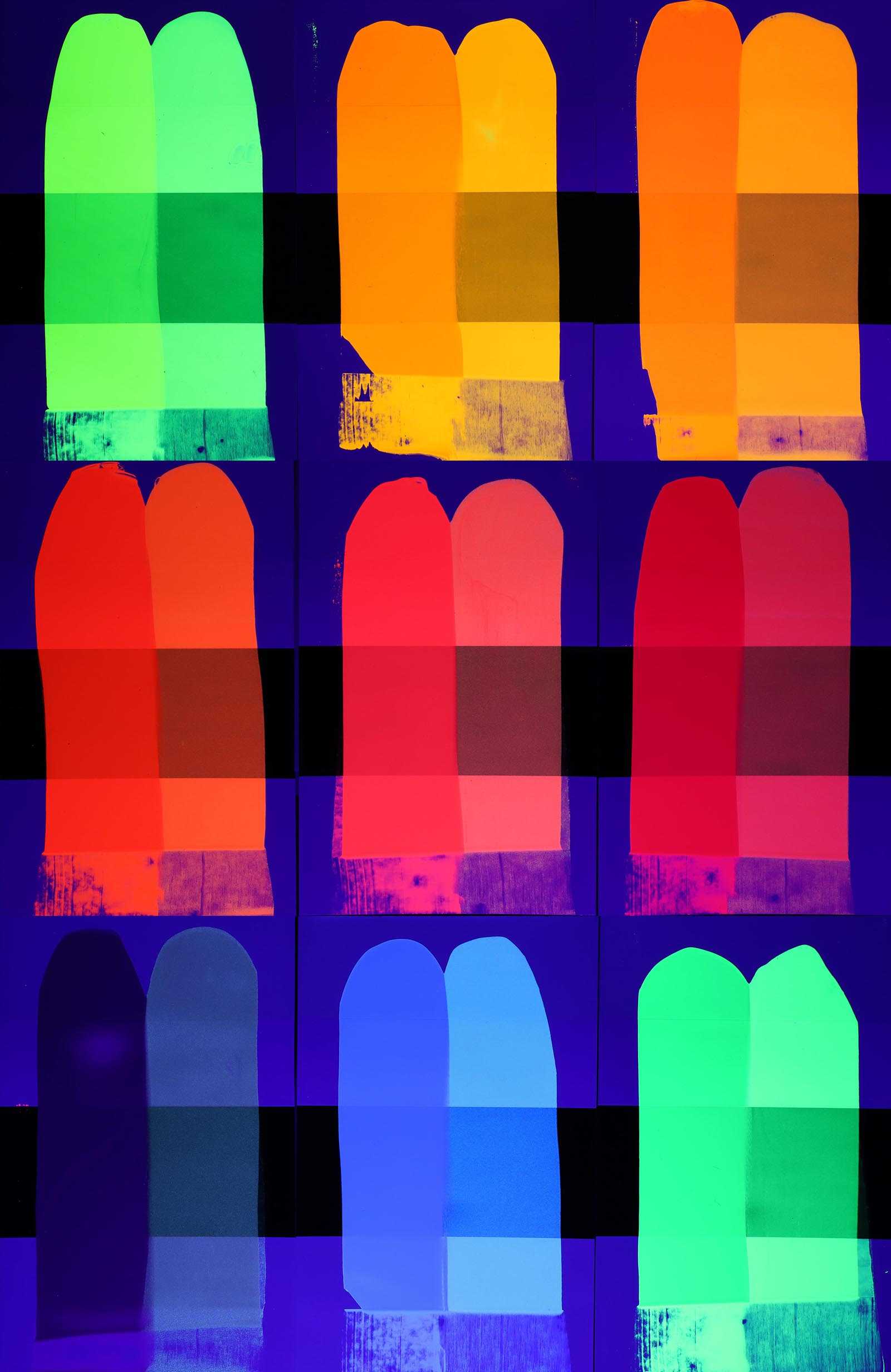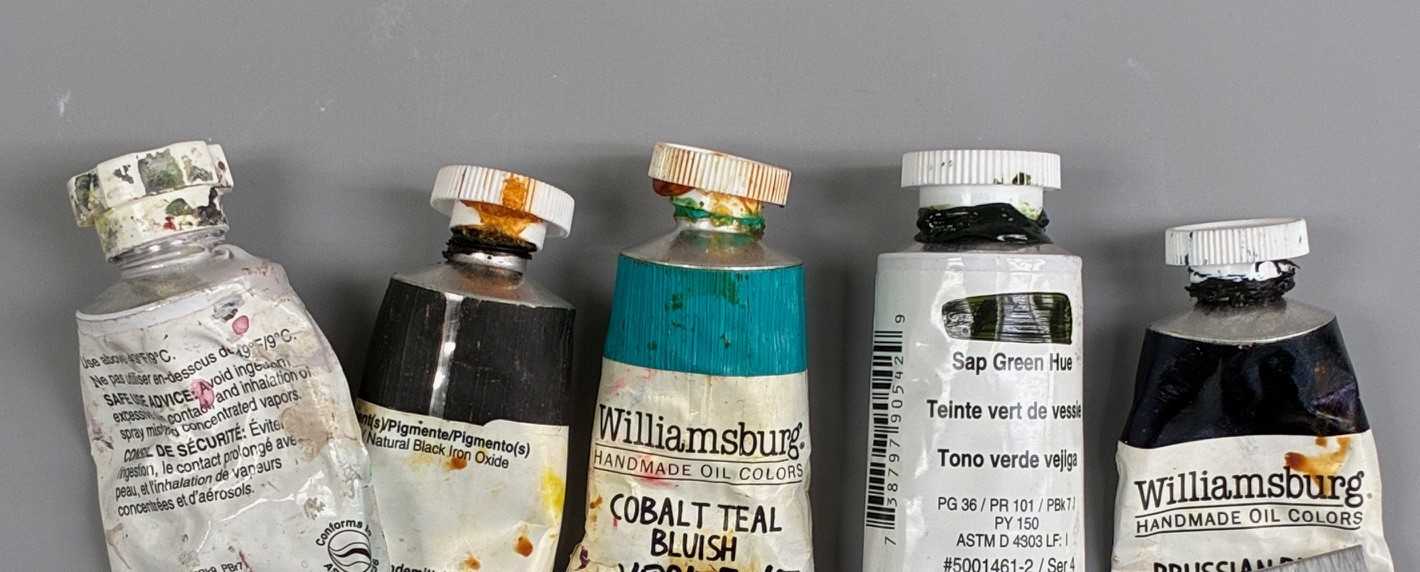COLORS
Color Wheel
I am trying to complete the color wheel with GOLDEN acrylics. What colors would you suggest?
The prismatic theory of three-color primaries is fine for pure light, but when it comes to pigments, the impurities and differences in opacity alter the outcome. At GOLDEN we select pigments for their purity, color strength, and uniqueness. Their blending abilities often rely on the other pigments they are mixed with.
We choose to work with a four-color primary system, as it allows for cleaner mixing. Additionally, when we perform any sort of color matching, we use our entire palette of colors to create the mixture (sometimes cost can influence this as well). When we are matching a color as a custom project for an artist, we need to take into account undertone as well as masstone, opacity and transparency. Artists do not live in an opaque Munsell world.
The 4 color primary system is more in line with the computer analysis process as well. Phthalo Blue (Green Shade), Phthalo Green (Blue Shade), Hansa Yellow Medium, and Quinacridone Magenta comprise the basis of our primary system. No they are not ideal, but they do offer some of the cleanest mixtures. All of these colors are very transparent pigments, as they are all organic. The inorganic primary list is comprised of very different colors. Cadmium Yellow Medium, Cadmium Red Medium, Cobalt Blue and Cobalt Green make up this series of inorganic primaries.
Neither is ideal, and you will have some muddiness in more complex blends. We shy away from the Cads and Cobalts because they create poor mixtures with the organic colors compared to other available selections. In terms of expanding the organic primary list into the secondary, we begin to include less traditional pigments. Pyrrole Red, Phthalo Green (Yellow Shade), Phthalo Blue (Red Shade) and Ultramarine Blue we don't select these because they are "violet", "orange" etc., rather we select them because they expand upon the limitations of the primaries. Pyrrole Red is a great clean opaque red. The two additional Phthalos offer cleaner mixtures and Ultramarine Blue's gritty transparency expands the range of greens and violets that can be made.
Remember, we are taking the perspective of wanting to be able to create color mixtures, and we are not really concerned about trying to match a prism. It would be interesting to make such a set of 3 primaries that would perfectly make the secondaries and complete the ROYGBIV, but if we are given the task of mixing color, we'll take the above colors any day. We would also add Titanium White, Zinc White and Raw Umber as well. Raw umber is great to lower chroma and Zinc White is excellent to increase value without turning the original color pastel.



